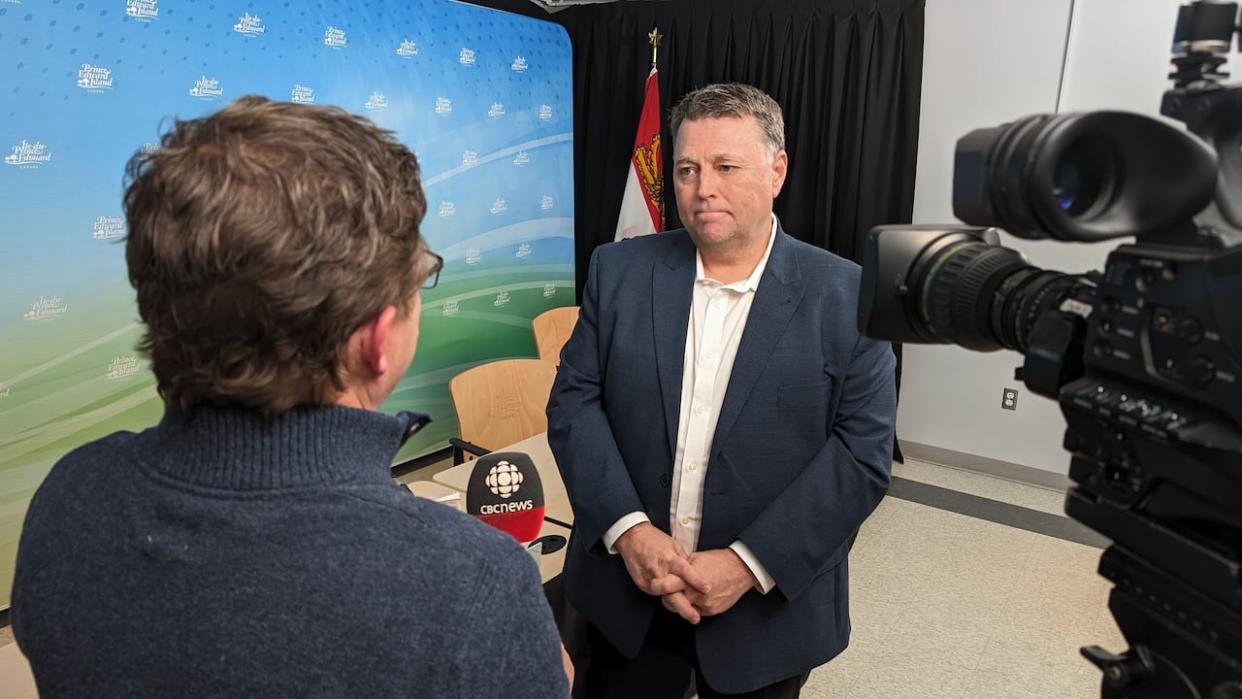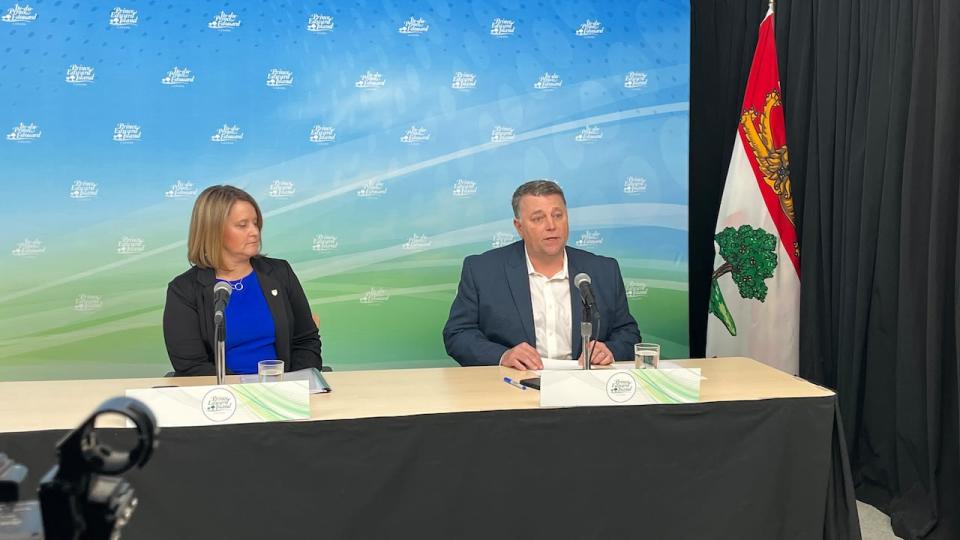P.E.I. updates population plan, aiming to slow growth to let services catch up

The Prince Edward Island government is aiming to slow its rate of population growth, in part by whittling down its federal immigration nominations, it said as it released a new population framework Thursday.
Even with the brakes applied, the government projects there will be 200,000 people living on P.E.I. by 2030.
The Island's population has been rising faster than anywhere else in the country, in percentage terms, and long since passed the targets for growth set out in the population strategy released six years ago. The fallout from that has included a lack of housing and medical services for people living in Canada's smallest province.
As one tactic to let public services and infrastructure catch up with the growth, the province intends to reduce its use of the allotted annual federal immigration nominations by 25 per cent for 2024.

P.E.I.'s population growth is due to both international immigration and interprovincial migration. (Sarah MacMillan/CBC)
The remaining 75 per cent of nominations will be redistributed to align with P.E.I.'s critical need for workers in nine provincial sectors, including health care, trades and child care, the province said in a news release as the strategy was released.
"We have challenges in housing. We have challenges in the delivery of health care. And until we can find a way to expand those services and expand those programs, we need to do the best we can to manage the people that come into our province," Premier Dennis King said after the news conference Thursday.
The 25 per cent reduction will be done through immigration programs such as the provincial nominee program. In that way, P.E.I. can control how many people it invites to become permanent residents — a number that has doubled over the past five years.
"The levers we have to manage our population are somewhat limited," King said. "Those are the ones that we have a direct, sort of, say in and so those are the easiest ones for us to begin with."
Fewer immigrants
This year, the province says it will send out about 500 fewer invitations for permanent residents — about 1,600, down from 2,100 in 2023.
That could actually mean about 1,000 fewer immigrants, however, because those invited often bring family members.
The premier acknowledged the province needs to do better at recruiting through immigration to fill jobs in sectors such as health care.
Information provided to CBC News by the province shows that among those P.E.I. invited to immigrate to Canada in 2023, through the Atlantic immigration program and the provincial nominee program, about one in four people listed occupations in food service and accommodations. A further 10 per cent had experience in retail.

Jenn Redmond, left, P.E.I.'s minister of workforce, advanced learning and population, and P.E.I. Premier Dennis King, at the news conference announcing the province's new population framework. (Kerry Campbell/CBC)
About nine per cent had health care training, but more than 90 per cent of those were in lower skilled areas, categorized as "assisting occupations in support of health services." That includes resident care workers and pharmacy assistants.
Speaking about the needs facing P.E.I. as the population continue to grow, King said there would be more information in the new provincial housing strategy, set to be released Friday.
Detailed projections
The new provincial framework does not include any concrete actions for how P.E.I. can make sure its growth doesn't outstrip its services, but instead provides more detailed population projections to various government departments, who can then work on meeting those needs.
The framework focuses on five priorities around population growth:
Expanding critical infrastructure and public services;
Building and retaining P.E.I.'s workforce;
Supporting land-use planning and environmental sustainability;
Enhancing community connectedness and a sense of belonging; and,
Long-term planning and reporting.
The government engaged in public consultation for the past year on the topic of population growth and received 1,200 responses to a survey it sent out, officials with the provincial Department of Workforce, Advanced Learning and Population said Thursday.
P.E.I.'s growth is due to international immigration as well as interprovincial migration within Canada. And it's not a bad thing, officials stressed: The Island needs to grow in order to experience socioeconomic benefits and fill labour shortages due to an aging workforce.
P.E.I.'s population was 175,853 on Oct. 31, 2023, according to figures released by Statistics Canada. That's a growth of 4.0 per cent or 6,707 people compared to 12 months earlier.
The new population framework was originally scheduled to be delivered last summer, and was then delayed again in the fall.

